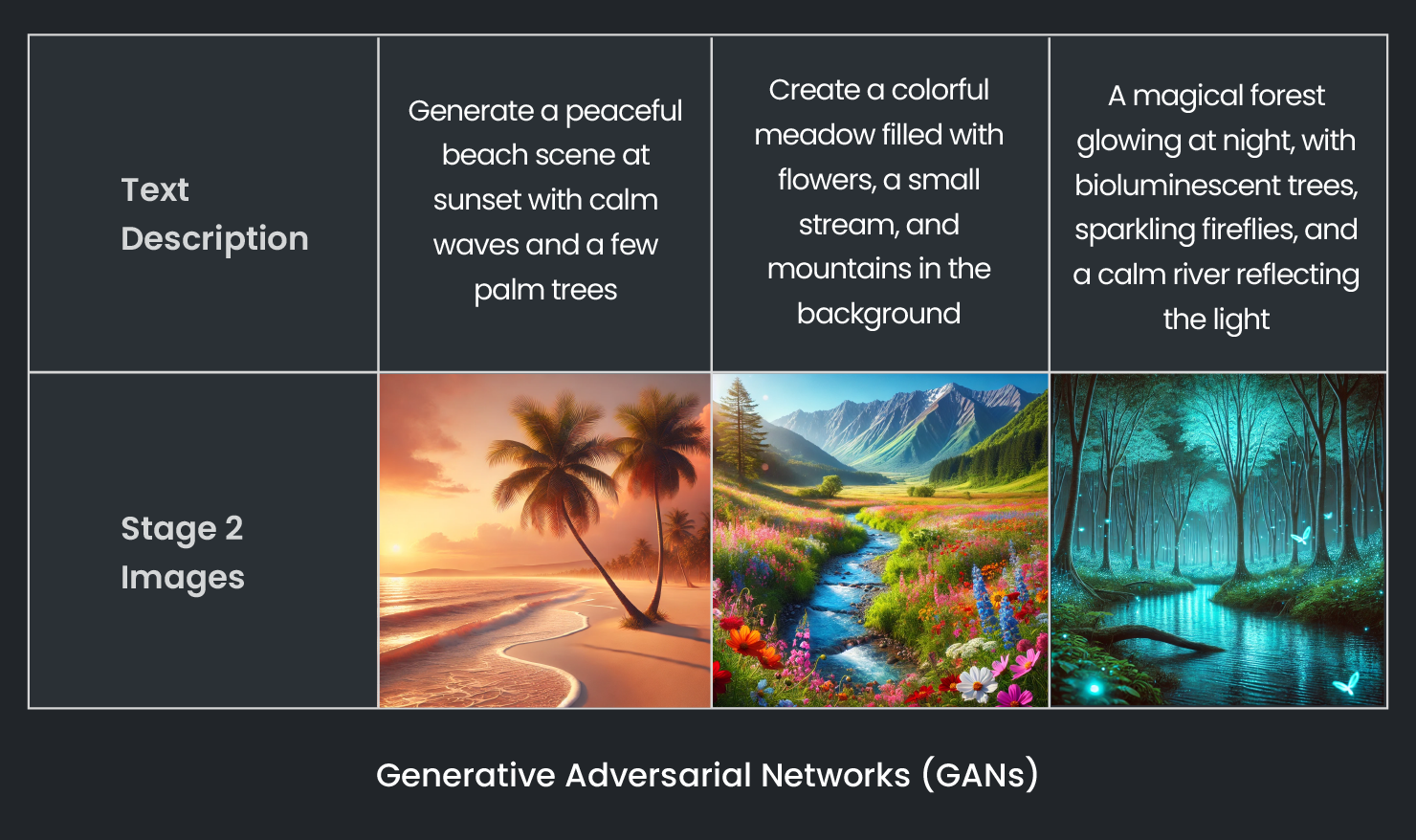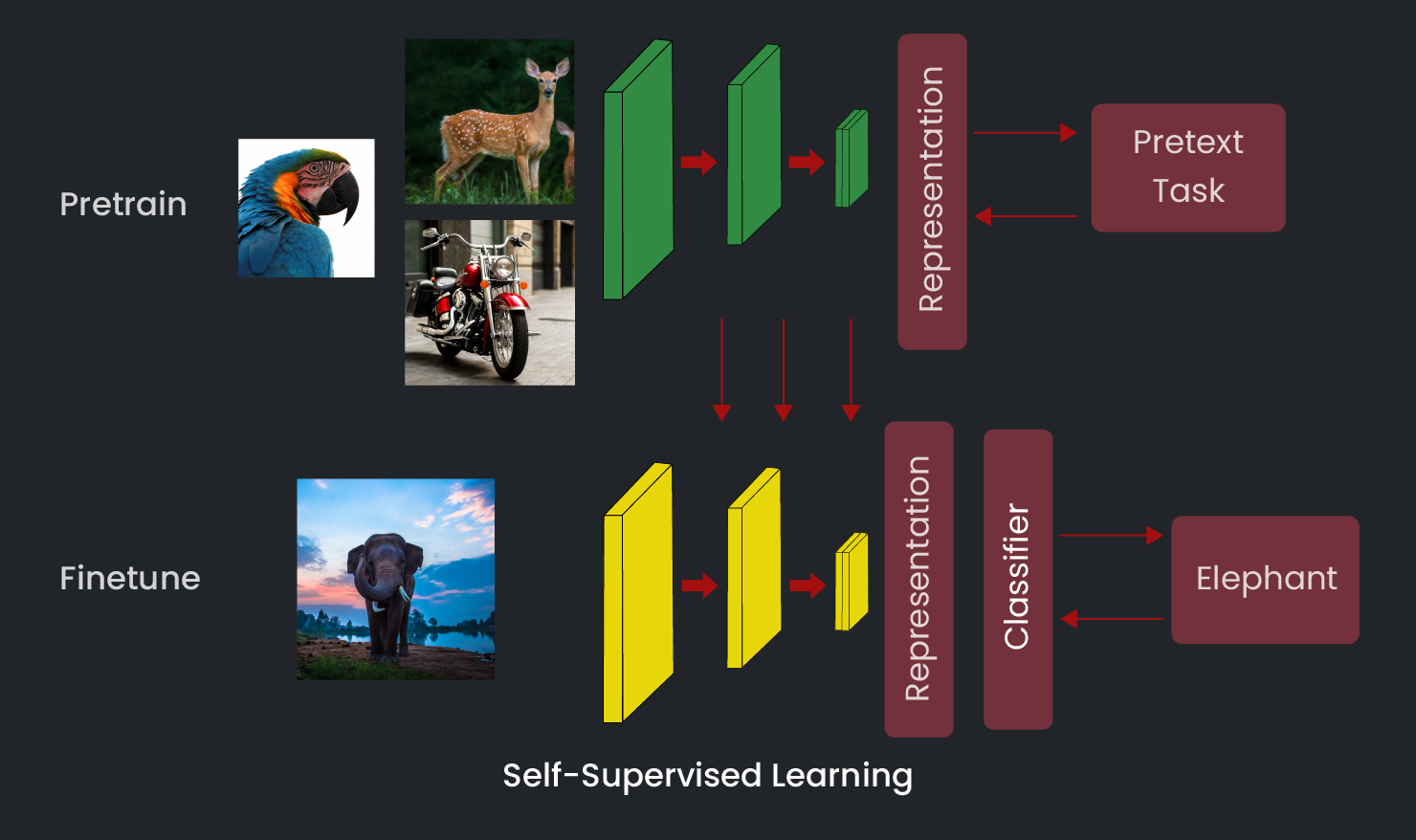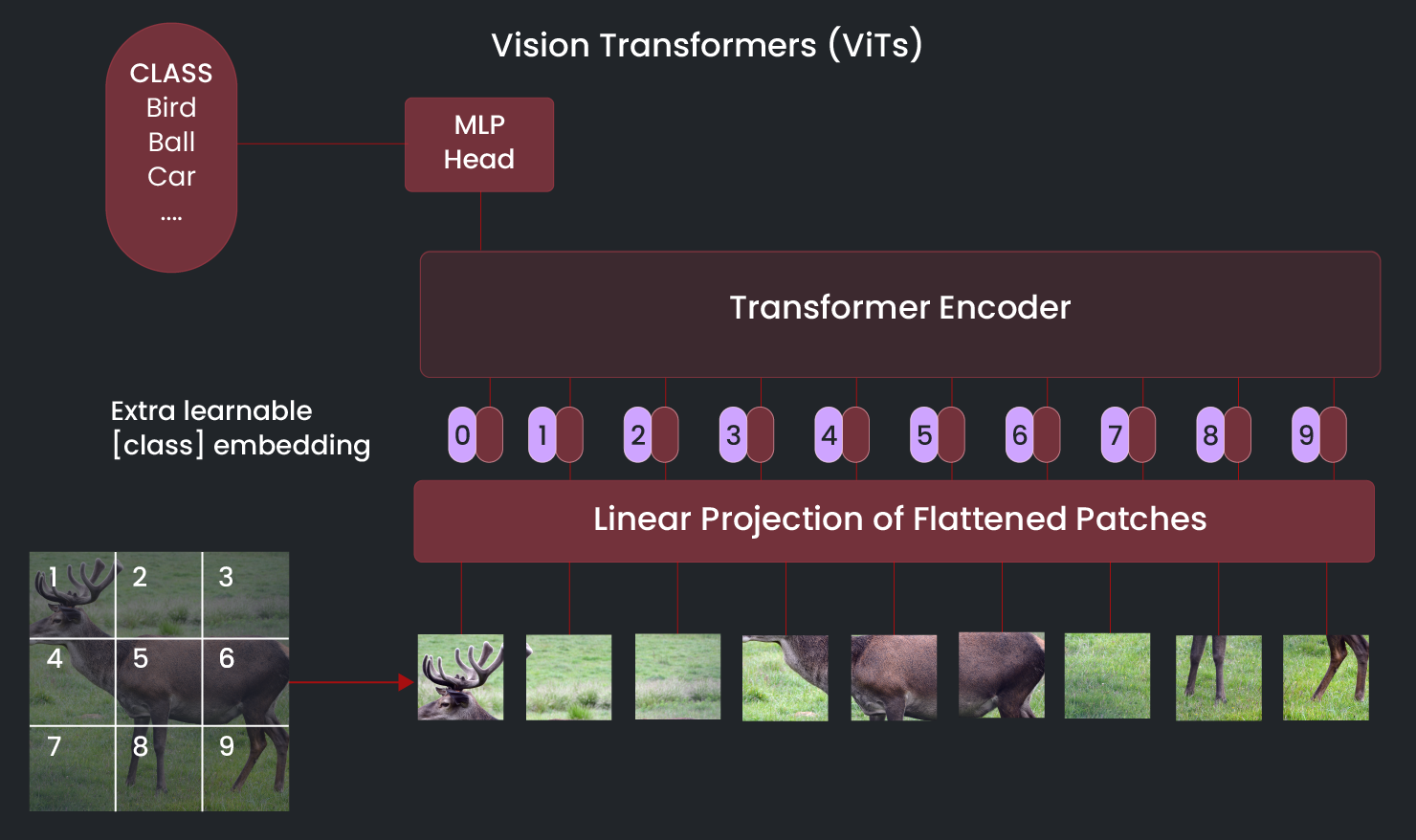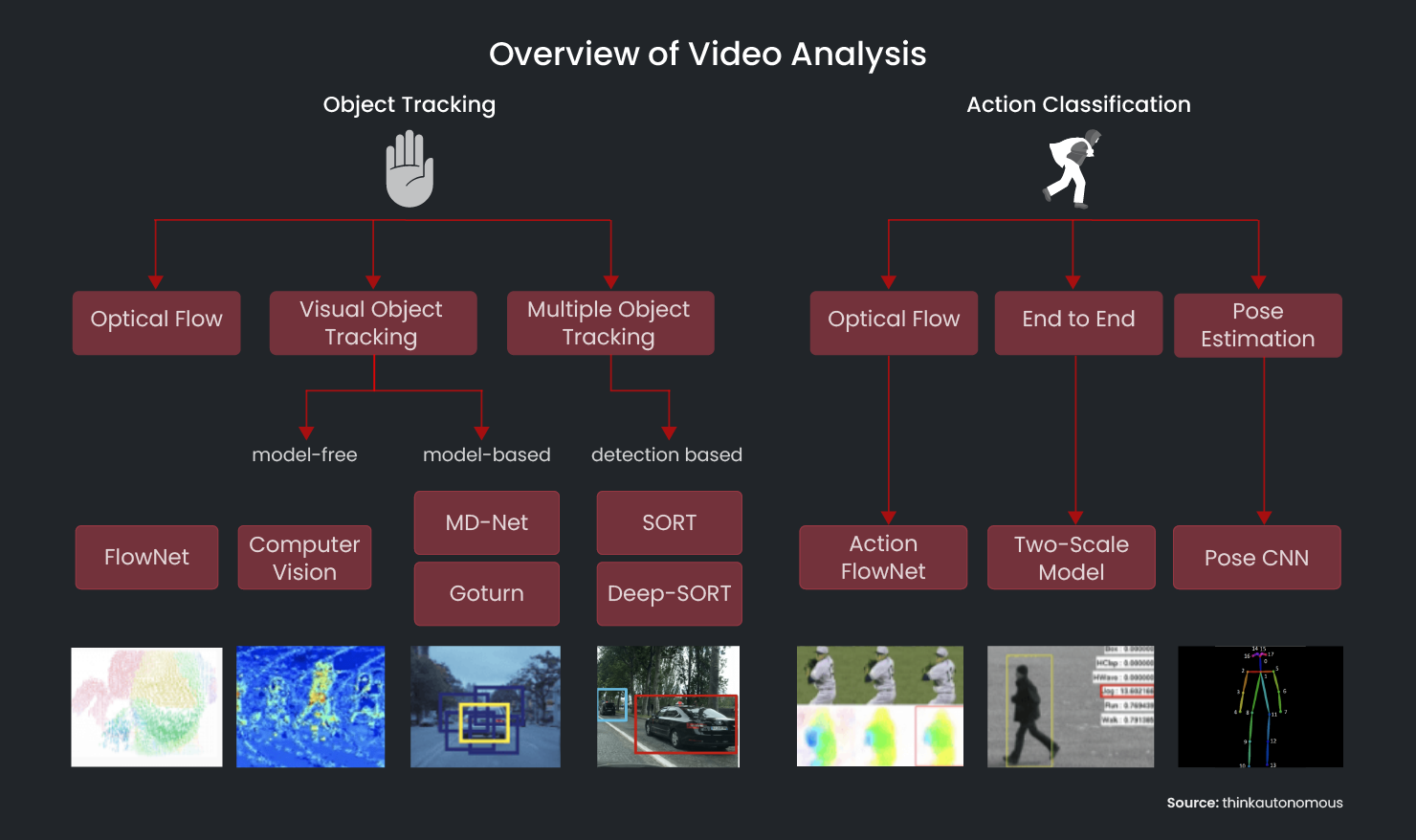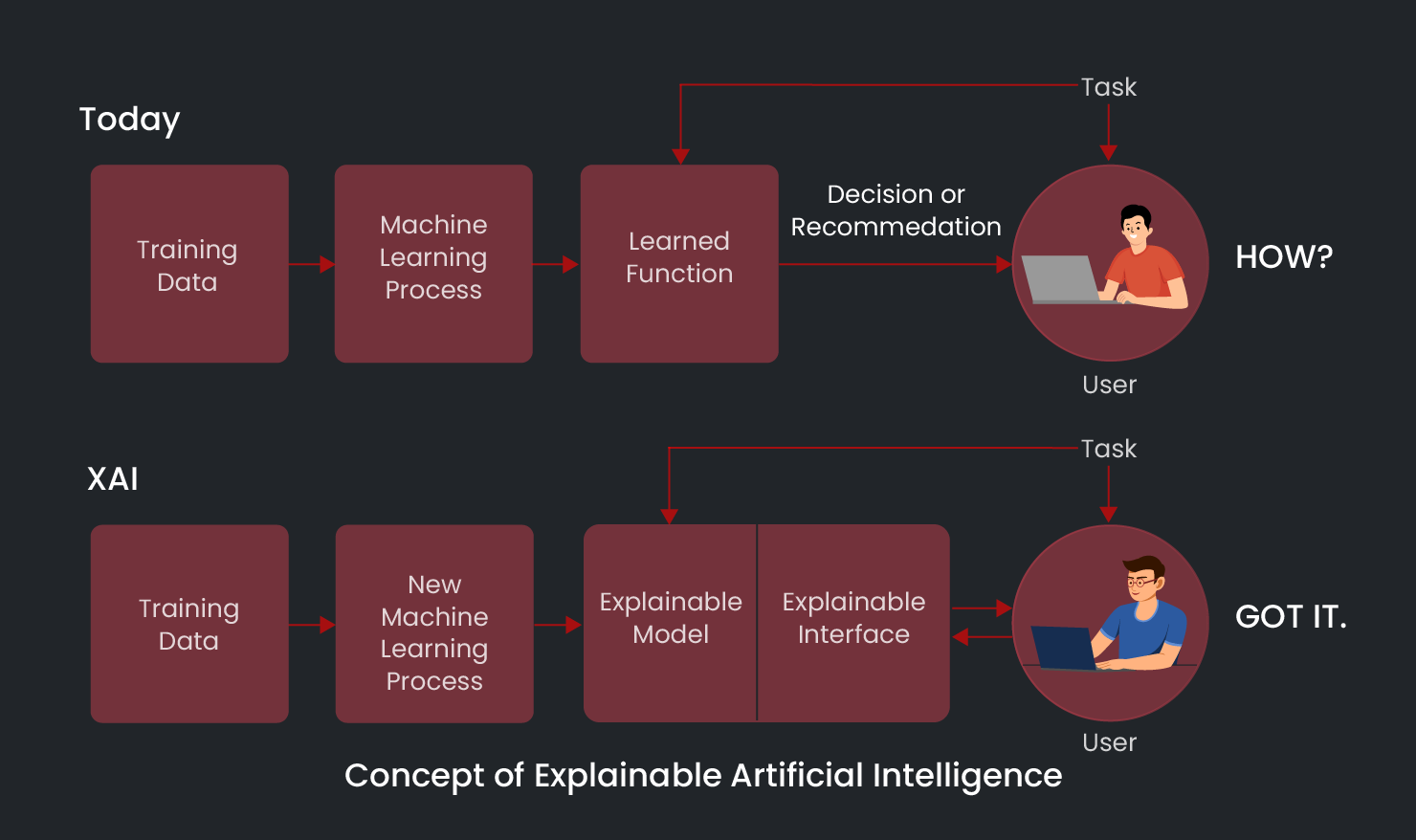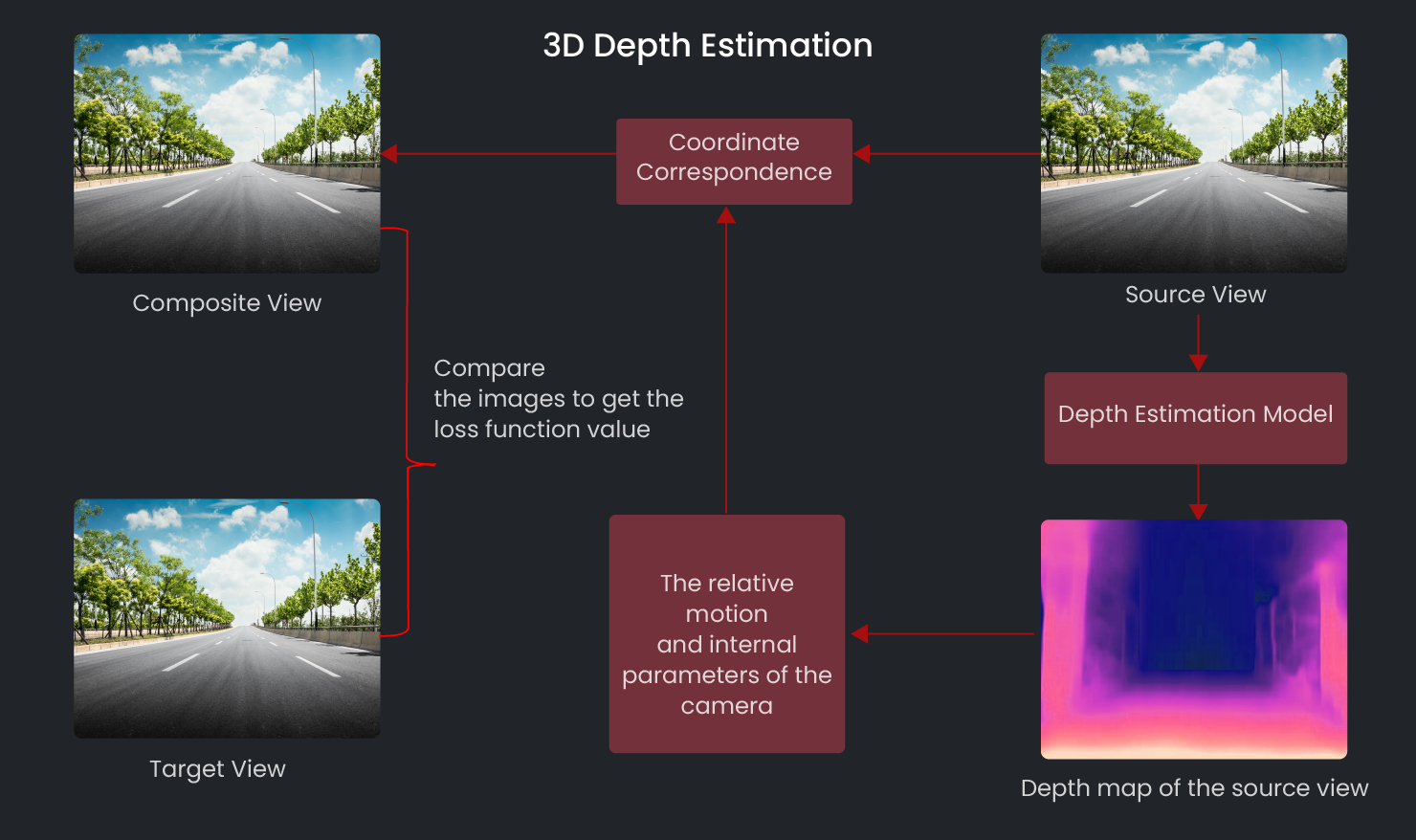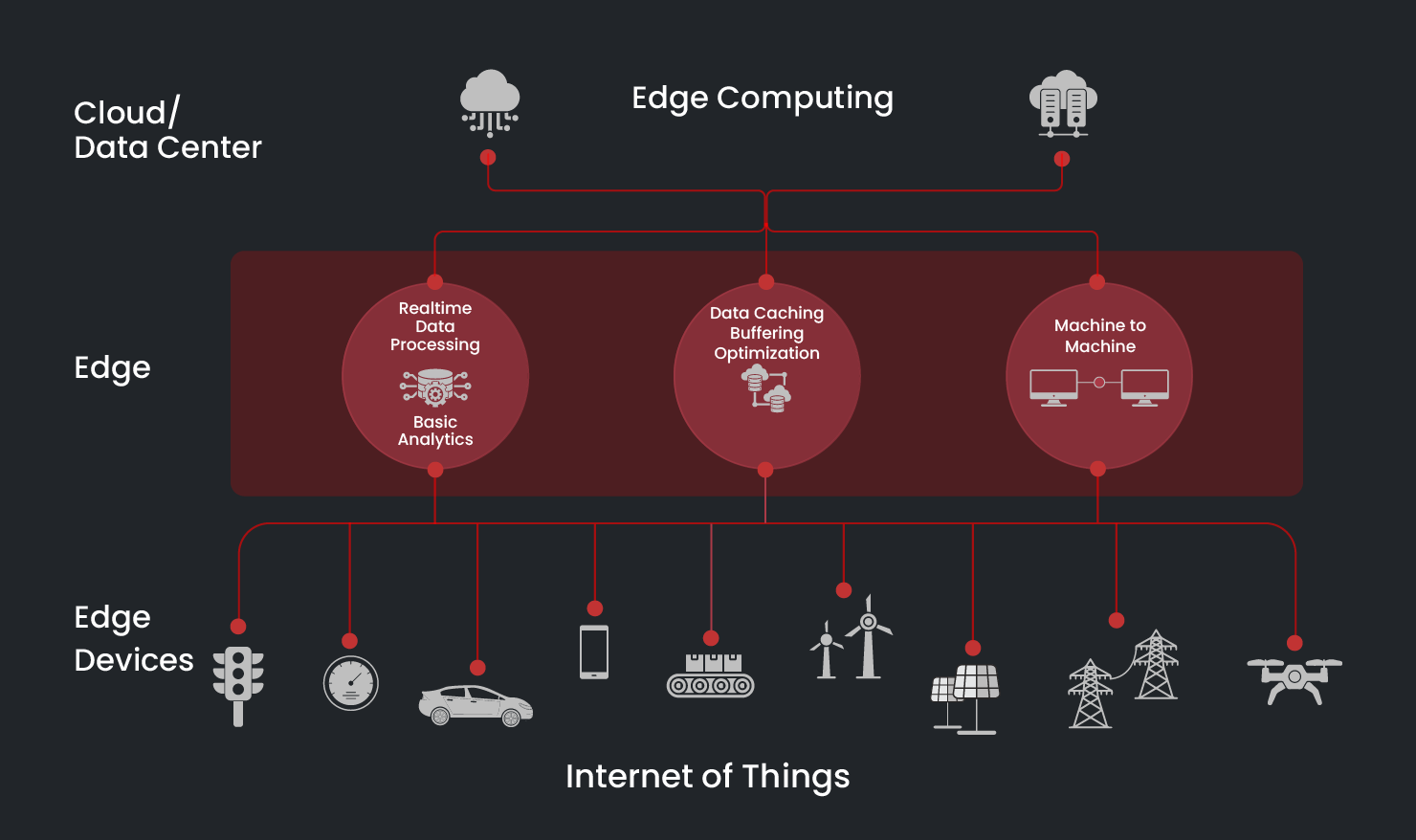Trends in Computer Vision: From 2024 Breakthroughs to 2025 Blueprints
- Vathslya Yedidi
- December 31, 2024
In 2024, Computer Vision saw significant advancements addressing key challenges, such as the need for extensive training data and achieving robust perception in complex environments. To overcome these challenges, advancements such as generative models creating synthetic data and the increasing use of AI, including Deep Learning, in robotics and Edge Devices to improve perception and control emerged.
In this blog, we will examine the technology trends in Computer Vision that defined 2024 and explore the promising horizons of the coming year.
Key Computer Vision Advancements in 2024
Several key technologies took center stage in 2024, each pushing the boundaries of what’s possible with Computer Vision:
1. Generative Adversarial Networks (GANs)
GANs continued to dominate creative and functional applications in Computer Vision throughout 2024. The Generative AI market reflects this impact, projected to grow from $20.9 billion in 2024 to $136.7 billion by 2030, with a CAGR of 36.7%. Industries like advertising and entertainment leveraged GANs to create personalized content and immersive visual experiences. Researchers employed GANs to fill data gaps, enhancing AI model training efficiency and accuracy.
Recent developments have focused on enhancing GAN training stability and output quality. Techniques like Wasserstein GANs (WGANs), which employ the Earth Mover’s Distance as a loss function, address issues such as mode collapse and vanishing gradients. Additionally, conditional GANs facilitate precise image generation based on specific inputs. GANs are vital in data augmentation, image synthesis, super-resolution, and 3D modeling.
Read More – Generative AI in Computer Vision
2. Self-Supervised Learning
Self-supervised Learning (SSL) became a cornerstone of Machine Learning in 2024, addressing one of the field’s most persistent challenges – acquiring labeled datasets. SSL significantly cuts costs and time by reducing the need for labeled data by up to 80%, making it a transformative approach for businesses and researchers.
SSL’s widespread adoption is evident in its market growth, expected to surge from $7.5 billion in 2021 to $126.8 billion by 2031, with a CAGR of 33.1%. It has enabled industries like healthcare and autonomous systems to use unstructured data, improving workflows and creating more efficient Machine Learning models. This capability highlights its growing importance across sectors relying on vast datasets.
3. Vision Transformers (ViTs)
ViTs took the spotlight in 2024, departing from traditional image analysis methods dominated by CNNs. With their unique ability to process entire images holistically, ViTs have proven particularly effective in object detection and segmentation, setting new performance standards.
This paradigm shift is driving rapid adoption across industries, reflected in market growth projections. According to Polaris Market Research, the vision transformers market is projected to expand from USD 280.75 million in 2024 to USD 2,783.66 million by 2032, exhibiting a CAGR of 33.2%.
4. Real-time Video Analysis
Real-time video processing continued to advance significantly due to ongoing hardware and algorithm improvements, fueling substantial growth in the Video Analytics Market. Projected to expand from USD 8.3 billion in 2023 to USD 22.6 billion by 2028 (22.3% CAGR), this market growth reflects the increasing demand for actionable, real-time video insights.
For example, real-time video analysis enhances public safety through advanced surveillance systems, empowers autonomous vehicle navigation, and unlocks deeper insights within sports analytics. These applications demonstrate how actionable, immediate information has broadened video analytics utility within security, transportation, and entertainment.
5. Explainable AI (XAI)
In 2024, Explainable AI (XAI) remained a key focus as organizations emphasized trust and transparency in AI systems. Challenges such as biased decision-making, lack of accountability, and the “black box” nature of many AI models necessitated XAI in domains such as healthcare and finance, where understanding AI-driven decisions is critical.
The Global Explainable AI market, valued at $6.4 billion in 2023, is projected to grow to $34.6 billion by 2033, with a CAGR of 18.4%. XAI ensures accountability, enabling AI systems to articulate their reasoning and foster trust while addressing the need for interpretability in complex solutions.
6. 3D Vision and Depth Estimation
Advancements in 3D reconstruction and depth sensing significantly impacted augmented reality (AR) and robotics in 2024. These technologies made AR experiences more immersive and interactive, driving the AR market toward an estimated $198 billion by 2025.
In robotics, depth estimation enables machines to navigate complex environments and interact with the physical world. The 3D sensor market is projected to grow from $2.8 billion in 2020 to $7.9 billion by 2025, with a CAGR of 22.5%. These advancements continue to enhance automation and interactive technologies across multiple domains.
7. Edge Computing
Edge Computing is a key trend in 2024, moving data processing closer to the source instead of relying on cloud infrastructure. According to MarketsandMarkets, the global Edge Computing market is projected to grow from USD 60.0 billion in 2024 to USD 110.6 billion by 2029 at a Compound Annual Growth Rate (CAGR) of 13.0% during the forecast period.
This shift reduces latency and conserves bandwidth, and it is crucial for IoT and real-time systems, enabling faster and more efficient visual data processing. Its support for distributed systems highlights its value in industries requiring instant data processing and minimal delays.
Check out our blog on Edge Learning.
The Trajectory of Computer Vision: Key Developments Expected in 2025
Computer Vision is rapidly transforming, poised to deliver significant advancements across various sectors by 2025. This analysis outlines early key developments, emphasizing the practical implications and potential impact on the industry.
1. Synergistic Integration of AI and Robotics: 2025 will see closer collaboration between AI and robotics, with Computer Vision playing a central role. This integration will drive 20-30% productivity gains across diverse industries. According to McKinsey, automation could enhance productivity by 0.8 to 1.4 percent annually. This synergy will enable the development of more advanced autonomous systems capable of handling complex tasks in dynamic environments. This shift holds significant implications for manufacturing, logistics, healthcare, and other sectors seeking enhanced automation and efficiency.
2. Maturation of Augmented Reality Applications: Augmented Reality (AR) is expected to move beyond its nascent stages, with Computer Vision enabling more sophisticated and practical applications. By 2025, expect to see widespread adoption of AR in sectors such as retail (virtual try-on experiences), education (interactive learning environments), and manufacturing (assisted assembly and maintenance). This will require professionals with expertise in AR development, Computer Vision algorithms, and user interface/user experience (UI/UX) design.
3. Enhanced Data Privacy through Federated Learning: The increasing emphasis on safeguarding sensitive information will drive the adoption of federated learning. A decentralized Machine Learning approach, Federated Learning enables model training across multiple devices without exposing raw data, addressing critical concerns in sectors like healthcare and finance. IBM research indicates Federated Learning can improve model accuracy by up to 30% while ensuring secure data handling. Organizations managing confidential information are increasingly recognizing its importance.
4. Advancements in Object Detection and Tracking: Continued refinement of object detection and tracking algorithms will yield significant accuracy, speed, and robust improvements. These advancements are crucial for autonomous driving, surveillance systems, and advanced robotics applications. Enhanced object detection and tracking will enable more reliable and efficient performance in these domains, requiring professionals with expertise in Computer Vision algorithms, Deep Learning, and real-time processing.
5. Growing Emphasis on AI Ethics and Regulation: As AI technologies become more pervasive, ethical considerations and regulatory frameworks will gain prominence. By 2025, stricter regulations and industry standards governing the development and deployment of Computer Vision technologies are anticipated. This will necessitate professionals with a strong understanding of AI ethics, data privacy, and regulatory compliance to ensure responsible and ethical use of these technologies.
6. Prioritizing Sustainability in AI Development: The environmental impact of AI development is receiving increasing attention. By 2025, sustainability will be a key consideration, focusing on minimizing AI models carbon footprint. This will drive the adoption of more energy-efficient training methods, optimized model architectures, and greener deployment strategies. Professionals involved in AI development will need to be aware of and implement sustainable practices.
7. Evolution of Human-Computer Interaction (HCI) through Computer Vision: Computer Vision will play a key role in enhancing Human-Computer Interaction (HCI), enabling more intuitive and natural user experiences. Expect advancements in gesture recognition, emotion detection, and eye tracking, leading to more seamless and accessible interfaces. This will require professionals with HCI design, Computer Vision, and user experience research expertise.
Conclusion
The Computer Vision technology trends of 2024 have laid a strong foundation for the emerging trends in Computer Vision 2025. Innovations like GANs, Vision Transformers, and Federated Learning are solving critical challenges and shaping the future of Computer Vision. Adopting these advancements, businesses can unlock new opportunities and drive drastic progress in the field.
Contact us today to see how Computer Vision solutions can benefit your organization.


